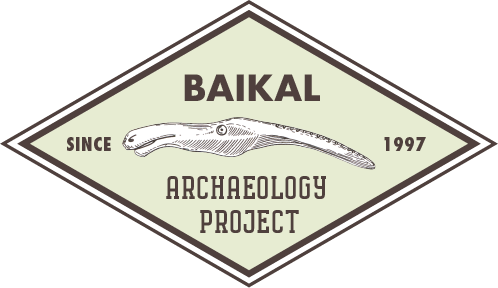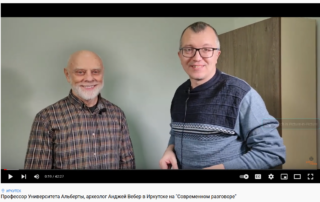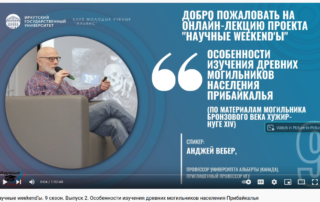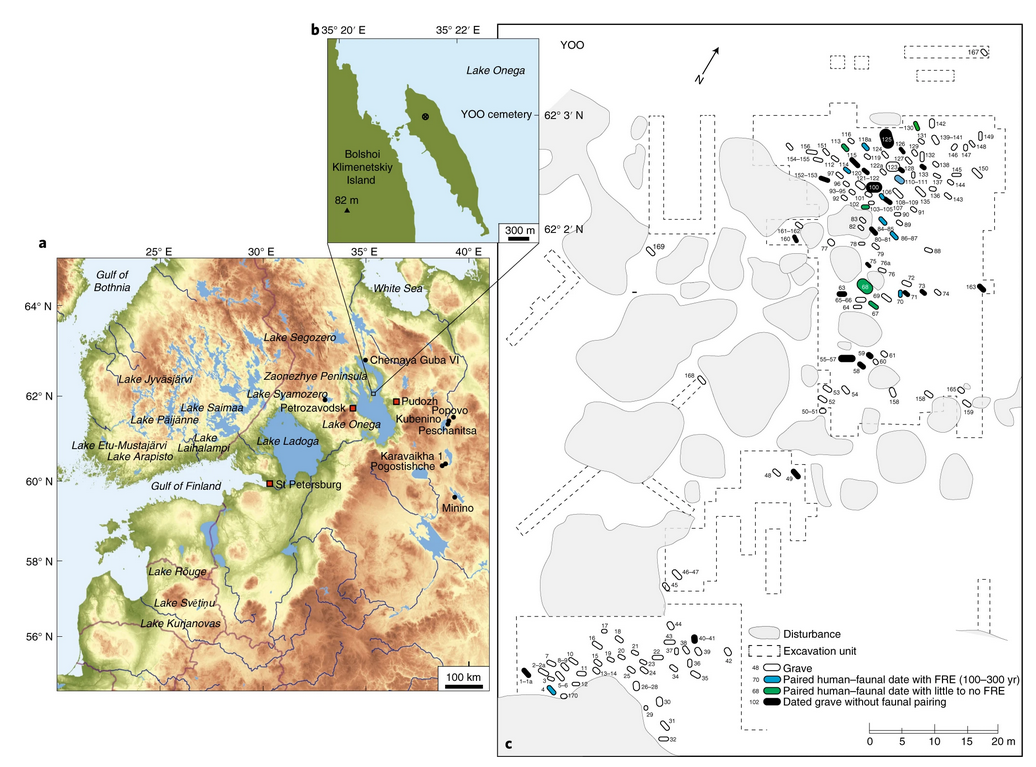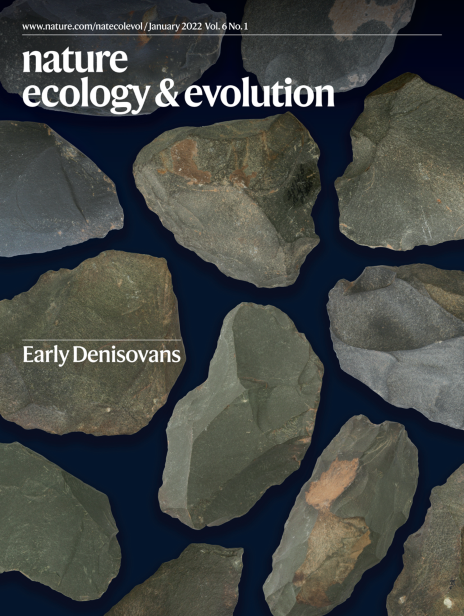Dr. Andrzej Weber interview on the “Modern Conversation” show
Check out the link for Dr. Weber’s interview with Alexei Petrov on the “Modern Conversation” show on February 19: https://www.youtube.com/watch?v=6PZNzrMGOSs From Petrov Media: Professor of the University of Alberta, archaeologist Andrzej Weber in Irkutsk in "Modern Conversation." Профессор Университета Альберты, археолог Анджей Вебер в Иркутске в "Современном разговоре." The guest of "Modern Conversation" is a well-known archaeologist, professor of the University of Alberta (Canada), honorary professor of Irkutsk State University Andrzej Weber. He has been excavating cemeteries in Baikal [...]

